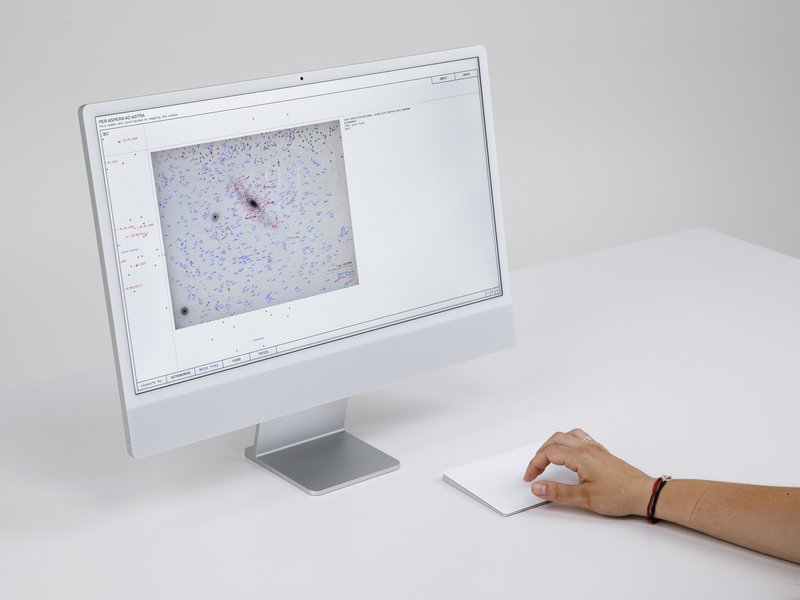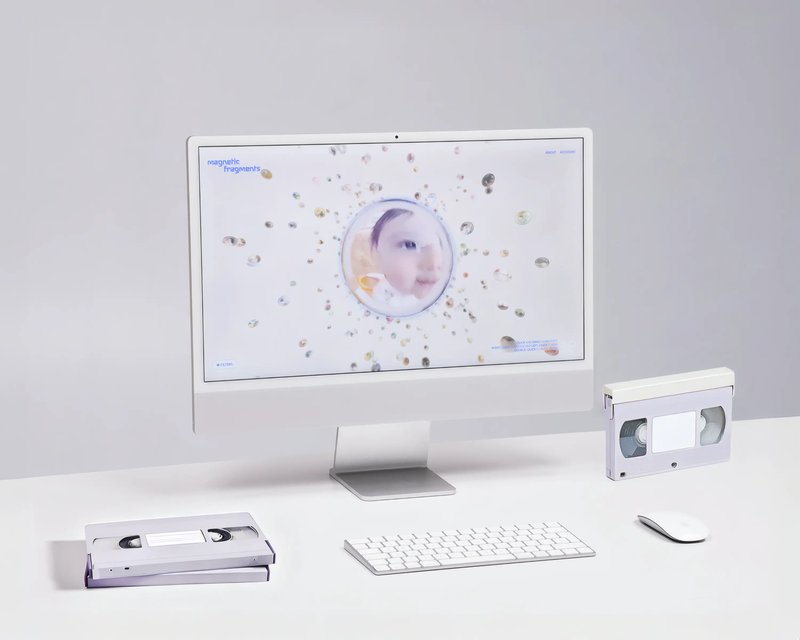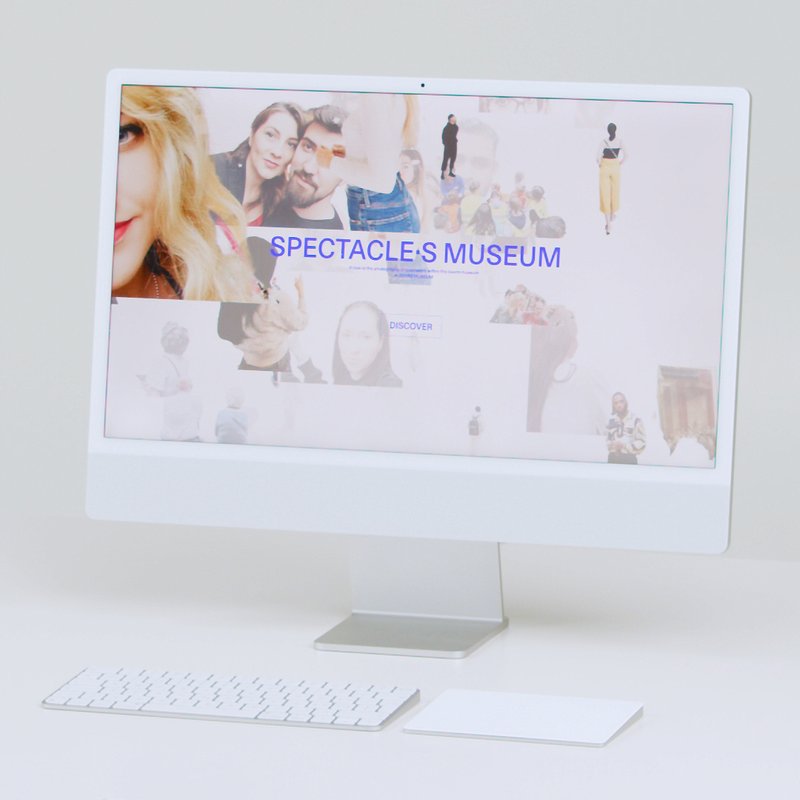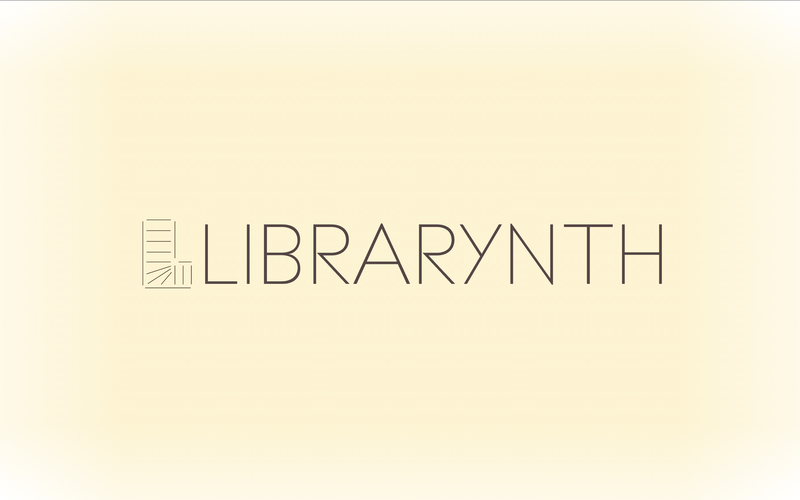
BA MEDIA & INTERACTION DESIGN
Soraya Camina – Per Aspera Ad Astra – Five Women Who Mapped the Cosmos
with Alain Bellet, Christophe Guignard, Gaël Hugo, Laura Nieder, Pauline Saglio
Per Aspera Ad Astra is a web-documentary that tells the story of five women astronomers who were in charge of discovering, calculating, classifying and mapping the cosmos between 1879 and 1979. This project aims to rehabilitate the crucial contribution made by women in STEM. In the early days, before the word “computer” was used to describe a machine, it was in actual fact used to describe a person, namely the women who made calculations and observations by hand. The “Harvard Computers” significantly contributed to astronomy and science by discovering many galaxies and establishing the stellar classification system that is still in use today. Nowadays, however, we speak very little about these five women; their work remains unknown, and their discoveries have often been attributed to the men who employed them. per-aspera-ad-astra.vercel.app










